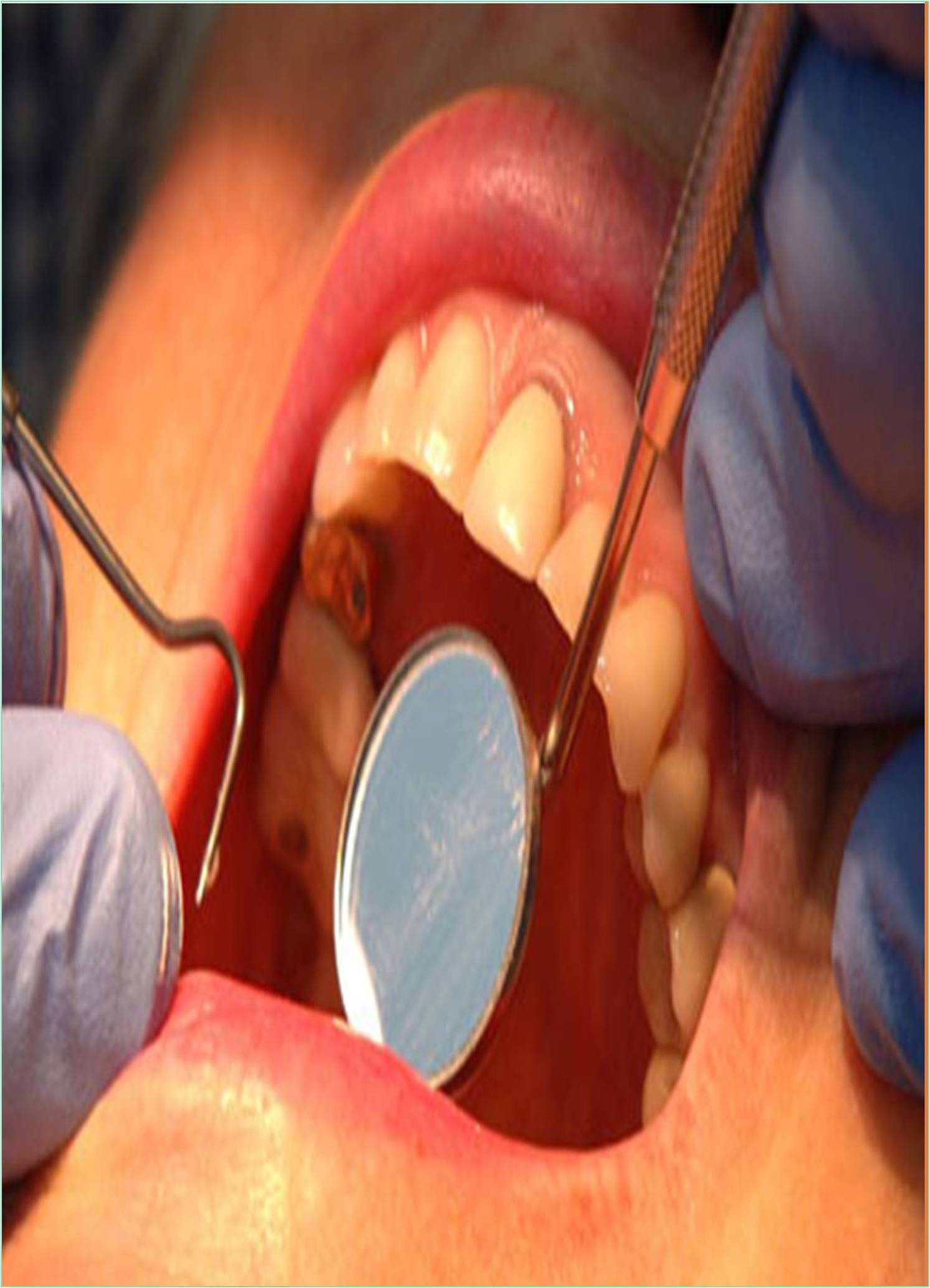



Received: 30-Nov-2022, Manuscript No. GJDOH-22-82940; Editor assigned: 02-Dec-2022, Pre QC No. GJDOH-22-82940 (PQ); Reviewed: 16-Dec-2022, QC No. GJDOH-22-82940; Revised: 23-Dec-2022, Manuscript No. GJDOH-22-82940 (R); Published: 30-Dec-2022, DOI: 10.15651/2449-1918.22.9.015
A dental implant is a synthetic titanium alloy device that is inserted into the jawbone and oral connective tissues to replace the native tooth both functionally and cosmetically. It is conceivable for bone to make direct touch with a titanium implant's surface, and he characterised osseointegration as this direct, structural, and functional interaction between the implant and live bone. Natural teeth are functionally and aesthetically replaced by dental implants. There are two steps to the typical surgical regimen. The implant is positioned in the jawbone beneath the soft tissue in the first step, and the surgical incision is stitched. Stage two is often carried out three to six months later and involves opening the soft tissue, attaching an abutment to the implant, and placing a crown on the abutment. Fully osseointegration is considered to have occurred after structural and functional contact between the implant and live bone is reached. Recent developments have demonstrated that one step is possible.
The admittance of the sensor is thought to be influenced by the condition of the bone around the implant. To mimic how tissue heals after surgery, a three-dimensional finite element model of a transducer attached to a dental implant's abutment and inserted into a host bone site was made. By altering the bone-implant interface's Young's modulus, the healing process was mimicked. It was discovered that the electromechanical properties of the transducer alter when the interface's Young's modulus rises. Then, the model was employed to evaluate the experimental data related to a sensor attached to an abutment screwed to implants anchored into bovine bone samples. The findings indicate that the electromechanical impedance approach may be used to check on the stability of dental implants, but further study is needed to see how repeatable the method is and how it compares to currently available commercial systems.
In load-bearing prostheses, implant stability is a need for functional recovery. For clinical diagnosis and immediate prognosis, robust, trustworthy, and non-invasive technologies to evaluate the bone interface of dental and orthopaedic implants are increasingly required. This study examines the viability of a non-invasive technique based on Electromechanical Impedance (EMI) to evaluate the stability of dental prosthesis. In order to allow material breakdown and inversely mimic the healing process of bone, two different dental screws were embedded in polyurethane foams (Sawbones) and submerged in a nitric acid solution. By connecting a Piezoceramic Transducer (PZT) to the implant and tracking the PZT's admittance over time, this process was seen.
Primary stability is attained right away following surgery as a result of the mechanical interlock with the bone, and it is influenced by elements including bone quality and quantity, implant type, and placement method. For osseointegration to be successful, the primary stability is essential, and various studies have shown that a low quality is one of the main reasons for implant failure. The lead zirconate titanate wafer-type transducers are typically bonded or embedded into the host structure being monitored as part of the Electromechanical Impedance (EMI) approach to evaluate dental implant durability. The transducer causes low- to high-frequency structural excitations in response to an electric field, which in turn alter the electrical admittance of the transducer. The measurement of the PZT patch's admittance may be used to determine the condition of the host element since the structural vibrations are dependent on the mechanical impedance of the host structure. Infrastructures in the fields of civil, aeronautical, and mechanical engineering are frequently monitored for health using the EMI approach. The stability of dental implants following surgical placement is predicted using a computer simulation of the EMI procedure. In the weeks following surgery, the clinical approach hypothesises that a PZT attached to the abutment and screwed to the implant under observation can measure how well the peri-implant tissue has healed.